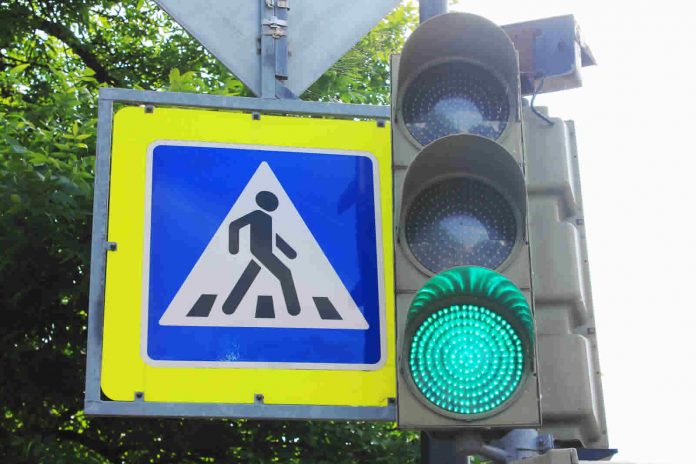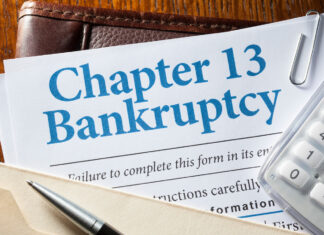
Pedestrians typically have the right of way, so most people assume that drivers are always at fault in a car-pedestrian accident. However, there may be cases where the pedestrian is to blame, either wholly or partially.
Determining Fault for Vehicle-Pedestrian Accidents
All drivers have a duty of reasonable care, or due care. Drivers are held to a standard of what a normal, cautious person would do in the given circumstance. For example, a person driving at 25 mph could be held liable in a pedestrian accident if they didn’t slow down as soon as they saw the pedestrian. The argument would be that a normally cautious driver would have seen the pedestrian and slowed down.
A normal, cautious driver would do everything possible to avoid hitting a pedestrian in any situation. But what happens if the pedestrian’s actions make it impossible for that normal, cautious driver to avoid a collision?
The pedestrian, in this case, may be found at-fault for the accident.
According to Sigurdson Law, one of the primary causes of pedestrian accidents is driver or pedestrian distraction. If a pedestrian decides to walk into the middle of the road without warning because he’s distracted by his smartphone, he may be held wholly or partially responsible for the accident.
The same rules might apply to a pedestrian who runs out from behind a parked car just a few feet in front of the driver’s vehicle. Regardless of how quickly the driver was traveling, the pedestrian was too close to the vehicle to avoid a collision.
If a pedestrian jumps out or behaves in a manner that would force a normal, cautious driver to take evasive maneuvers, the pedestrian could be held liable for damages those maneuvers may cause.
Pedestrians can also be held at least partially responsible for accidents involving a vehicle if they are:
- Crossing the street against the traffic signal (i.e. crossing against a “Do Not Walk” command)
- Entering the highway or street while intoxicated
- Jaywalking
- Walking along bridges, highways or causeways where pedestrian access is illegal
Shared Fault in a Vehicle-Pedestrian Accident
Like with most other accidents, fault may be shared by both parties in a vehicle-pedestrian accident. In many cases, both parties were acting in an abnormal and reckless way.
What happens if both parties are found to be responsible for the accident?
Different states have different rules regarding shared fault in a vehicle-pedestrian accident. But the majority of states follow some sort of comparative negligence rule in which the injured person shares some of the fault. In states that use the “pure comparative negligence” rule, injured persons can receive compensation from any party that is deemed at fault. However, in this case, the injured person’s damages would be reduced by a percentage that is equal to his or her share of the fault.
A handful of states still follow the contributory negligence rule, which is an all-or-nothing type of system. If an injured pedestrian were to be found at fault in any way, he or she would not be able to seek compensation from the driver. Both parties would be responsible for their own injuries and damages related to the accident.
















